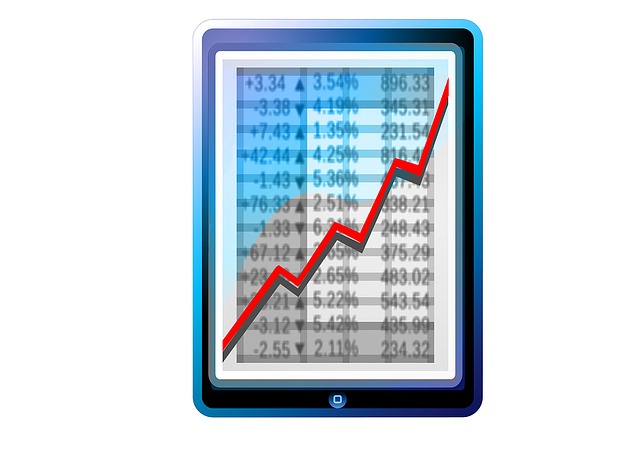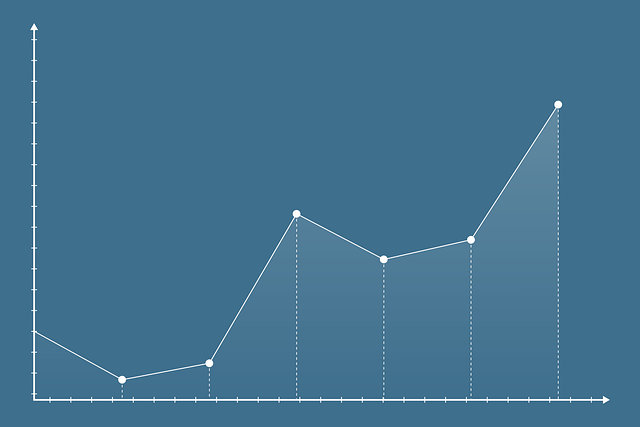Leverage in CFD trading offers significant gains but also high risk. Melbourne's CFD courses educate traders on margin requirements, position sizing, and stop-loss orders to manage risk effectively. Balancing margins allows for strategic goals between opportunity and security. Through structured learning, participants harness leverage, minimize losses, and maximize profits during their CFD trading course.
“Unleash your trading potential with a comprehensive understanding of leverage and margins in CFD courses Melbourne. This article guides you through the intricacies of CFD trading, focusing on ‘Leverage: Power and Risk’, ‘Margin Requirements’, and ‘Impact on Trade Potential’. Learn how to maximize profits efficiently while managing risks through stop-loss orders. Avoid common margin trading mistakes and gain valuable insights for success in your CFD trading course. Discover the art of balanced risk and reward in Melbourne’s CFD marketplace.”
- Leverage: Power and Risk in CFD Trading
- Understanding Margin Requirements in CFDs
- How Margins Impact Trade Potential
- Maximizing Profits with Efficient Leverage
- Managing Risks: Setting Stop-Loss Orders
- Common Mistakes to Avoid in Margin Trading
Leverage: Power and Risk in CFD Trading

Leverage is a double-edged sword that offers both significant advantages and potential pitfalls in CFD trading, as highlighted by top CFD courses Melbourne. It represents the ability to control a large market position with a relatively small amount of capital. This power enables traders to amplify their returns, allowing them to make substantial profits from even modest price movements. For instance, a trader using 10x leverage can see their investment grow exponentially with each point of price change.
However, the same leverage that boosts potential gains also increases risk. With amplified exposure, small adverse price swings can lead to significant losses. It’s crucial for CFD trading course participants to understand this dynamic and manage risk effectively. Proper position sizing, stop-loss orders, and a disciplined approach are essential tools to navigate the complexities of leverage in CFD trading.
Understanding Margin Requirements in CFDs

In CFD (Contract for Difference) trading, understanding margin requirements is a cornerstone of success. Margin in CFDs represents the collateral you must deposit to open and maintain a trade position. This ensures both parties in the contract meet their financial obligations. The margin requirement varies depending on the asset class and market volatility, with brokers typically setting these parameters based on risk management strategies.
A crucial aspect for traders in Melbourne’s CFD courses is grasping how margin calls work. If the market moves against your position and your account balance falls below the maintenance margin, a margin call is triggered. This requires you to deposit additional funds or close out your position to meet the required margin level. Effective margin management is key to preserving capital and controlling risk in CFD trading.
How Margins Impact Trade Potential

In CFD (Contract for Difference) trading, margins play a pivotal role in determining the potential profitability and risk exposure of your trades. Margin refers to the initial deposit required to open and maintain a trade position. Understanding how margins work is essential when considering a CDF trading course in Melbourne or anywhere else.
When you increase your margin, it allows you to control a larger position size with the same amount of capital. This expansion of trade potential can amplify both gains and losses. A higher margin offers the advantage of potentially higher returns but also comes with increased risk. Conversely, reducing margins means smaller position sizes and lower risks but may limit your trade opportunities. Melbourne-based traders should strive to find a balance that aligns with their risk tolerance and strategic goals when managing margins in their CDF trading course curriculum.
Maximizing Profits with Efficient Leverage

In CFD (Contract for Difference) trading, leverage is a powerful tool that can amplify both profits and losses. It allows traders to control a large position with a relatively small investment. However, efficient use of leverage is key to maximizing gains. A well-structured CFD trading course in Melbourne can equip you with the knowledge to navigate this complex instrument effectively.
Traders often seek to maximize their profit potential by employing strategic leverage ratios. By understanding margin requirements and managing risk, participants in CFD courses can learn to utilise leverage to their advantage. This involves careful position sizing, stop-loss orders, and a comprehensive grasp of market dynamics. With the right approach, leveraging your trades can lead to substantial returns, making it an essential concept for any serious CFD trader, as highlighted by popular CFD trading courses Melbourne has to offer.
Managing Risks: Setting Stop-Loss Orders

In CFD trading courses Melbourne, understanding how to manage risks is paramount. One powerful tool in a trader’s arsenal is the stop-loss order, which acts as a safety net during trades. By setting a stop-loss, traders can limit potential losses to a predetermined amount, ensuring that even if the market moves against them, the impact will be capped. This strategic move is crucial for risk management, especially for beginners navigating complex markets.
When utilizing a CFD trading course, participants learn to identify key levels in price charts and set their stop-loss orders accordingly. These levels could represent significant support or resistance areas, or even previous price swing points. By placing the order below (for long positions) or above (for short positions) these levels, traders can protect themselves from substantial losses if the market behavior changes unexpectedly. This methodical approach to risk management is a cornerstone of successful CFD trading strategies.
Common Mistakes to Avoid in Margin Trading

When engaging in CFD (Contract for Difference) trading, especially through a CFD trading course Melbourne offers, understanding margins and leverage is crucial. However, traders often fall into common pitfalls when dealing with margin trading. One of the most significant mistakes to avoid is over-leveraging positions. While leverage allows you to control larger positions with less capital, it can also amplify losses. Always ensure your position sizes are aligned with your risk tolerance and financial capabilities.
Another error is neglecting to monitor and adjust margin levels regularly. Margin calls can occur swiftly in volatile markets, so keeping a close eye on your account’s health is vital. Regularly review your trading strategy and assess whether your current margin settings align with your goals and risk management approach. Avoiding these mistakes will help you make more informed decisions and navigate the complexities of CFD trading with greater confidence during your CFD trading course.
When navigating the complex world of CFD trading, understanding leverage and margins is crucial. Our Melbourne CFD courses equip you with the knowledge to maximise profits while managing risks effectively. By grasping concepts like leverage, margin requirements, and stop-loss orders, you’ll be well-prepared to make informed decisions in your CFD trading journey. Enrol in a CFD trading course today and unlock your potential in this dynamic financial market.
